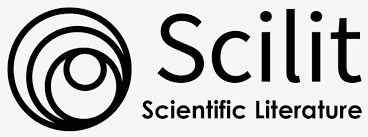Penentuan Kelas Kata Pada Part of Speech Tagging Kata Ambigu Bahasa Indonesia
DOI:
https://doi.org/10.14421/jiska.2018.23-05Abstract
Indonesian hold a fundamental role in the communication. There is ambiguous problem in its machine learning implementation. In the Natural Language Processing study, Part of Speech (POS) tagging has a role in the decreasing this problem. This study use the Rule Based method to determine the best word class for ambiguous words in Indonesian. This research follows some stages: knowledge inventory, making algorithms, implementation, Testing, Analysis, and Conclusions. The first data used is Indonesian corpus that was developed by Language department of Computer science Faculty, Indonesia University. Then, data is processed and shown descriptively by following certain rules and specification. The result is a POS tagging algorithm included 71 rules in flowchart and descriptive sentence notation. Refer to testing result, the algorithm successfully provides 92 labeling of 100 tested words (92%). The results of the implementation are influenced by the availability of rules, word class tagsets and corpus data.
Downloads
Published
How to Cite
Issue
Section
License
Authors who publish with this journal agree to the following terms as stated in http://creativecommons.org/licenses/by-nc/4.0
a. Authors retain copyright and grant the journal right of first publication with the work simultaneously licensed under a Creative Commons Attribution License that allows others to share the work with an acknowledgement of the work's authorship and initial publication in this journal.
b. Authors are able to enter into separate, additional contractual arrangements for the non-exclusive distribution of the journal's published version of the work (e.g., post it to an institutional repository or publish it in a book), with an acknowledgement of its initial publication in this journal.
c. Authors are permitted and encouraged to post their work online (e.g., in institutional repositories or on their website) prior to and during the submission process, as it can lead to productive exchanges, as well as earlier and greater citation of published work.









